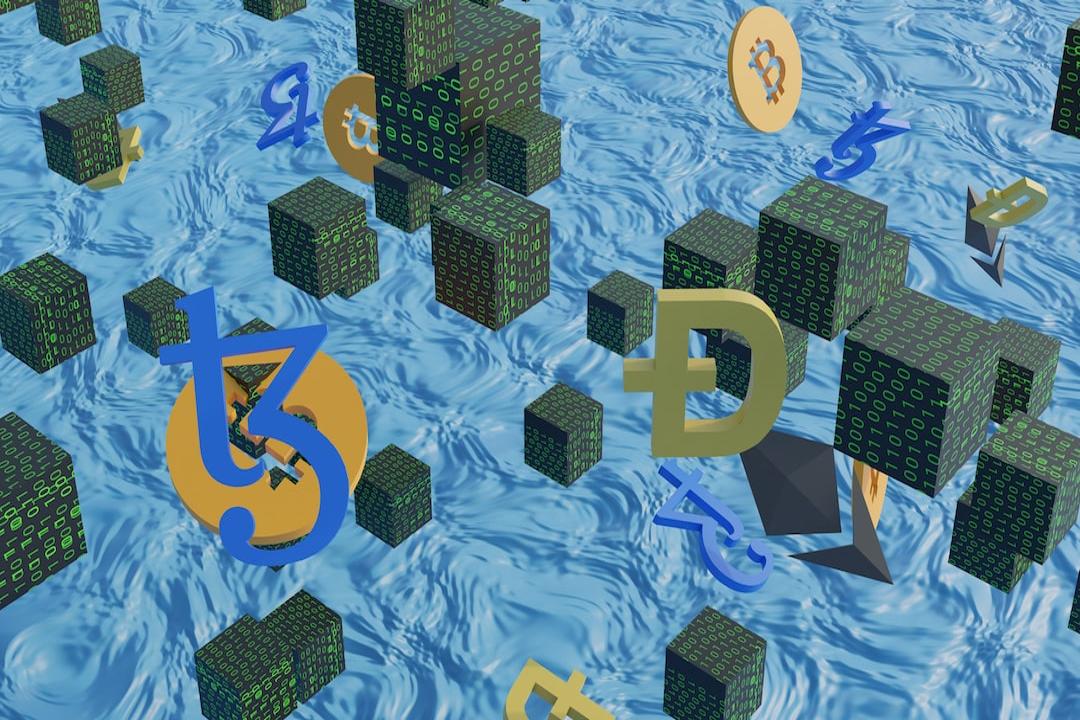Cryptocurrency researcher Haotian has expressed his opinion on the recently launched Runes protocol. Haotian believes that Runes has the potential to become the foundational asset issuance standard for the Bitcoin network and its subsequent ecosystem, as it combines the advantages of various other protocols. This article, compiled and organized by Chain News, provides an overview of the Runes protocol and its potential impact on existing asset forms such as BRC20. The article emphasizes that it is not investment advice.
The Runes protocol is an extension of the Ordinals protocol, which is a protocol for off-chain indexing of Bitcoin network assets. While Ordinals was originally suitable for issuing non-fungible token (NFT)-type assets, it lacked a standard for fungible tokens within the Bitcoin ecosystem. To address this, developers created a series of derivative token standards, including BRC20, ARC20, and SRC20. BRC20, based on the Ordinals protocol, allows for asset issuance by storing data in Witness isolation witnesses and managing them through multiple external indexers. ARC20, on the other hand, utilizes the transfer properties of UTXOs (unspent transaction outputs) to manage the transfer of tokenized assets, reducing reliance on indexers. SRC20, instead, embeds raw data into UTXO transactions using a stamp encoding method, eliminating the need for third-party indexers.
However, all these standards have their limitations, such as UTXO bloat, reliance on witness isolation, or dust creation. In response to these challenges, developers have proposed the Runes protocol as a solution. Runes introduces the OP_RETURN Bitcoin opcode, which allows for the marking and storage of non-payment-related arbitrary data. This fundamentally solves the issue of UTXO garbage data. Additionally, Runes adopts the UTXO transfer properties of ARC20, enabling asset transfer and management through UTXO transfer.
Haotian believes that the combination of Runes and Ordinals will have a short-term impact on existing token issuance standards like BRC20, ARC20, and SRC20 due to their comprehensive consensus, technical advantages, and long-term stability. However, he also suggests that other standards still have room for innovation. For example, ARC20 may continue to evolve and introduce new developments. Haotian sees Ordinals as both an indexer and a Layer 2 indexing chain, competing with other networks that have similar binding properties.
While Runes and Ordinals may not completely replace other protocols, their introduction is expected to bring new growth to the Bitcoin ecosystem. The Runes standard fills the gap in homogeneous token asset issuance and management within the Bitcoin ecosystem, providing a more stable and long-term asset standard that contributes to the sustainable development of higher-level applications. The importance of the Ordinals protocol is also emphasized, as it complements the Runes standard by fundamentally solving the UTXO bloat issue and enabling the issuance of both fungible and non-fungible assets.
(Note: This article is not investment advice.)

